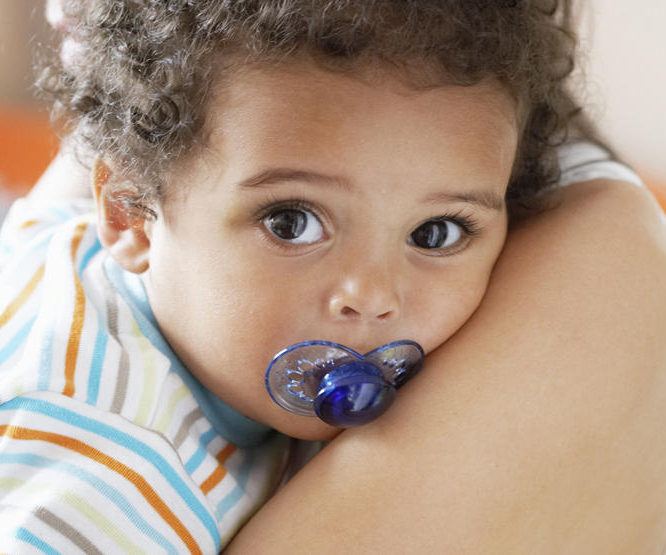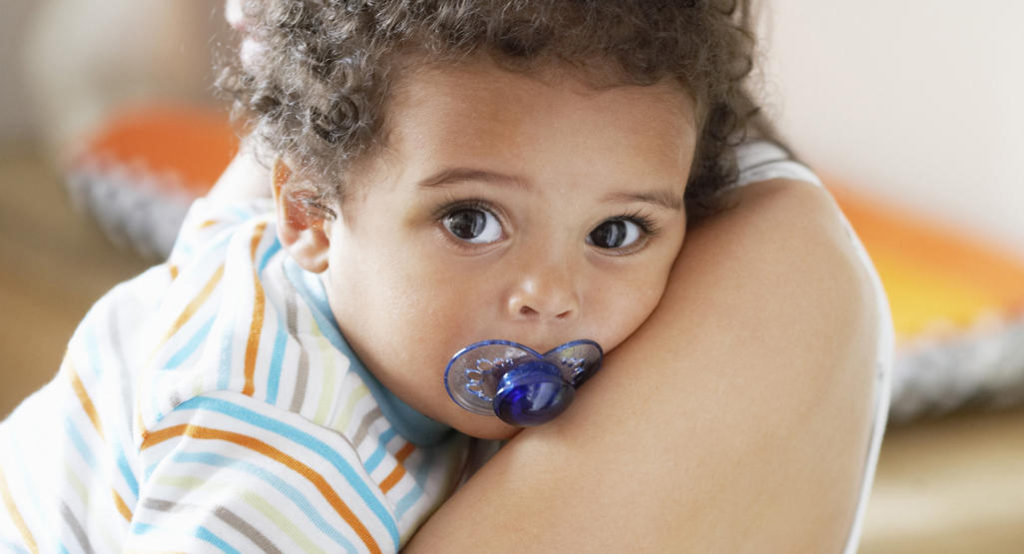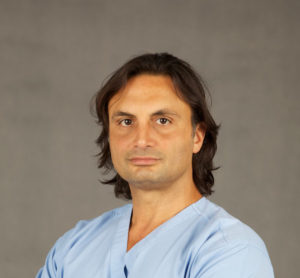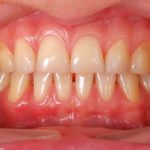

Pacifier Weaning: When is the best time?
This is a question frequently asked by parents during dental consultation with their children. Being parents is a challenge in itself. There are many people who advise us on when and how to do things, often causing doubts and concerns regarding the decisions we make.
But why is the pacifier necessary?
Sucking is a natural reflex for both fetuses and newborns. Until the incorporation of the pacifier, this reflex translates into the baby’s need to suck his hands or fingers. Introducing the pacifier to satisfy this habit of non-nutritive sucking is very useful. In addition to being more hygienic than fingers or hands, what the child sucks will become a habit for him, and it is much more difficult to eliminate the habit of thumb sucking than sucking a pacifier because, obviously, the pacifier can be eliminated from the child’s reach, but the fingers cannot.
In addition, pacifiers have been found to have a calming and analgesic effect on the baby. In fact, the American Academy of Pediatrics considers the pacifier a good method to relieve pain in babies who undergo vaccinations or other minor interventions.
And why can’t we extend its use over time?
Non-nutritive sucking is considered normal during the first months of life since it is associated with the need for emotional satisfaction and security. However, its maintenance over time can cause defects in the development of the orofacial complex of our children.
Therefore, it is a habit that should be progressively extinguished as the first teeth appear, marking 2 years of age at the top. Starting from this age, we enter into a prolonged use of the pacifier, which can cause sequelae such as:
- problems in the position of the teeth
- incorrect growth of the upper jaw and/or jaw
- the appearance of crossbites (poor transverse relationship of teeth) and/or open bites (poor vertical relationship of teeth)
- lack of development of the palate giving rise to deep or narrow palates, etc.
What are the advice and recommendations to follow?
- We must choose a pacifier according to the age of our child. Nowadays, there is a great variety of pacifiers and it is convenient to renew them according to the age and size of the baby’s mouth.
- It is better to choose an anatomical nipple shape, which is characterized by having a shape that mimics that of the nipple during suction.
- It is very important not to dip it in honey or liquids that contain sugar. Sugar is the cariogenic food par excellence, and children are more susceptible to tooth decay than adults due to the characteristics of milk teeth. Therefore, if the child sucks a pacifier dipped in sugar will likely increase the chances of the appearance of cavities.
- It is advisable not to hang the pacifiers on our children’s clothes, whether they are made of silicone or latex, because they can accumulate bacteria. It is best to keep them in storage to maintain hygiene. In addition, it is not good for children to have the pacifier at their entire disposal at all times. This will strengthen the habit and create much more dependency.
- We must cease the use of the pacifier and the habit of sucking in general (sucking the fingers, etc.) between 18 and 24 months.

Who is Pascal Terjanian ?
Pascal Terjanian DMD is an experienced and knowledgeable Montreal-based family dentist, who is dedicated to providing top-quality dental care to his patients.Dr. Pascal Terjanian maintains a blog on dental issues, covering preventative dentistry topics as well as providing information on warning signs that might warrant professional attention. The blog plays an important role in his strategy for providing quality preventative care..

